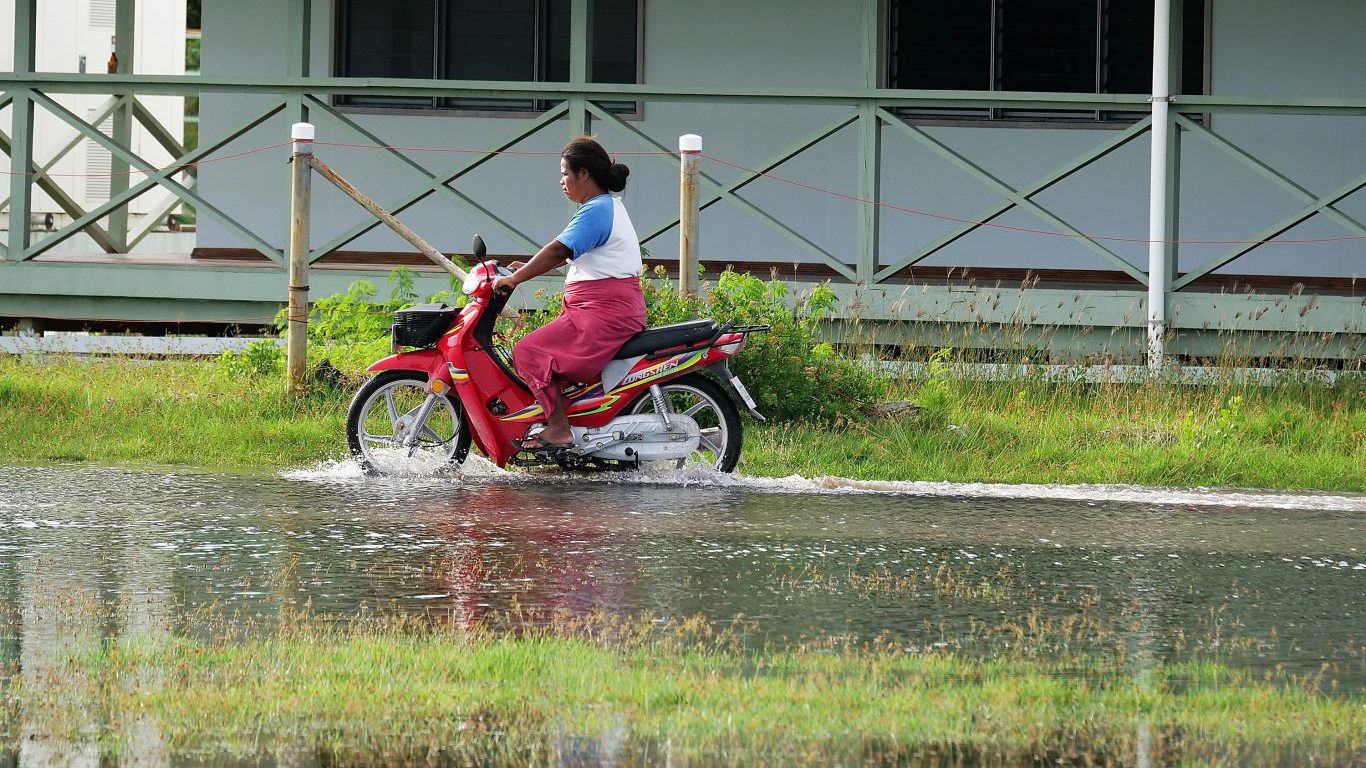
Floods are the most common of all weather-related natural disasters in the U.S., and they kill more people each year than tornadoes, hurricanes, or lightning, according to the National Oceanic and Atmospheric Administration. Though floods can happen almost anywhere, most commonly they occur along coastlines and rivers – and the risk of both types is increasing in some areas due to climate change.
For example, NASA predicts that due to global warming there will be an increase in the intensity of hurricanes. The more intense rainfall and stronger winds, combined with higher storm surge caused by rising seas, will likely increase flood risk for communities along the coast, NASA notes. Other common causes of flood such as heavy rain, snow melts, and storm surges are also greatly impacted by climate change. (Also see, the 18 separate billion dollar weather and climate disasters in 2022.)
Along rivers and streams, too, floods have generally become larger and more frequent in some parts of the country and decreased in others, coinciding with changing weather patterns. Floods have become larger across the Northeast and the Midwest and have increased in frequency in the Northeast, Pacific Northwest, and northern Great Plains, according to the Environmental Protection Agency.
To find the states Americans should leave because of high flood risks, 24/7 Wall St. used the Centers for Disease Control and Prevention National Environmental Public Health Tracking Network to calculate the area of each state designated EPA Flood Hazard Area – areas that have a 1% annual chance of coastal or riverine flooding based on the 100-year flood zone – as of 2020.
In Louisiana, where nearly 42% of the state is designated as at risk of flood, the EPA warns that in the coming decades, rising sea level is likely to accelerate coastal erosion caused today by sinking land and human activities. In fact, Louisiana has been losing about 25 square miles of land per year in recent decades. Much of New Orleans and other populated areas in the state are already below sea level and are protected by levees and pumping systems. With a higher sea level, these may be overtopped more often during storms. (See where New Orleans ranks on the worst cities to live as climate change gets worse.)
While in Florida, which is mostly susceptible to coastal flooding due to tropical storms, 32% of the state is designated special flood hazard area, millions of people live in areas at risk of flood. Miami-Dade County, in particular, has a high risk coastal flooding, but areas inland as well. Yet despite the risk of flood, development has been rapid and often sits on top of previous fields and marshes, an NPR analysis reveals.
Click here to see the 20 states with the highest risk of flooding.





